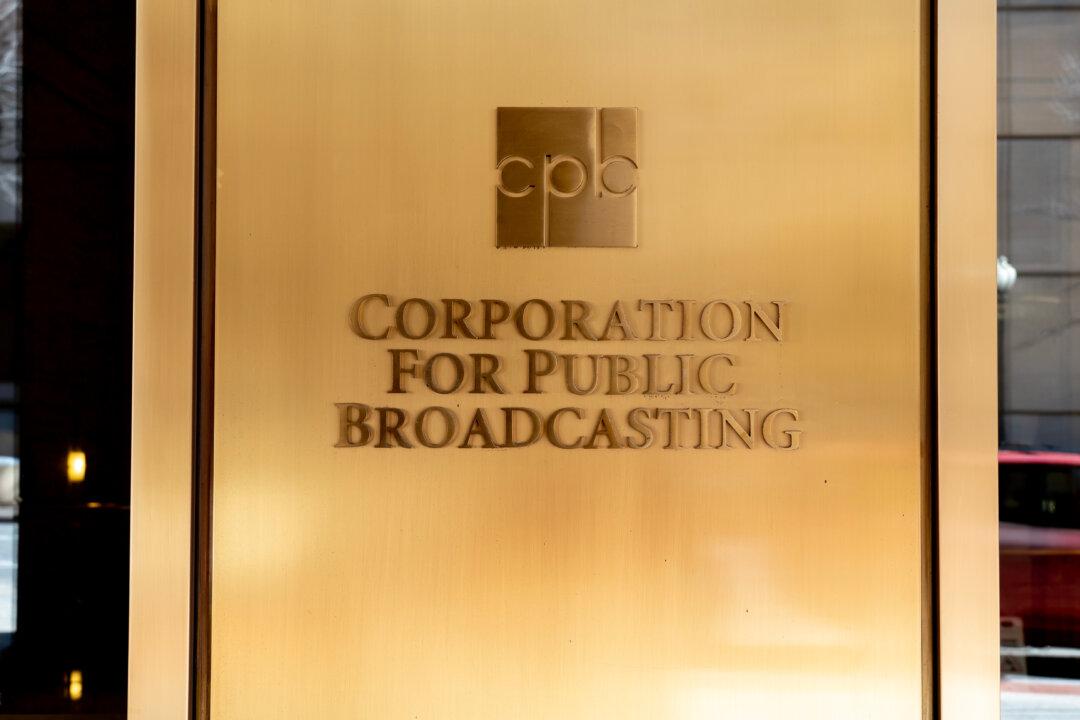Despite concerns of major CCP virus outbreaks in reopened K-12 school buildings, a new Brown University study suggests a very low risk of transmission among teachers and students who return to in-person instruction.
Researchers at Brown University on Wednesday released their first set of data from the National COVID-19 School Response Data Dashboard, the university’s online platform that allows K-12 schools nationwide to anonymously submit their confirmed and suspected COVID-19 cases. The data was collected during a two-week period starting Aug. 31, from some 570 schools across 47 states, with more than 300 schools offering at least some in-person classes.





